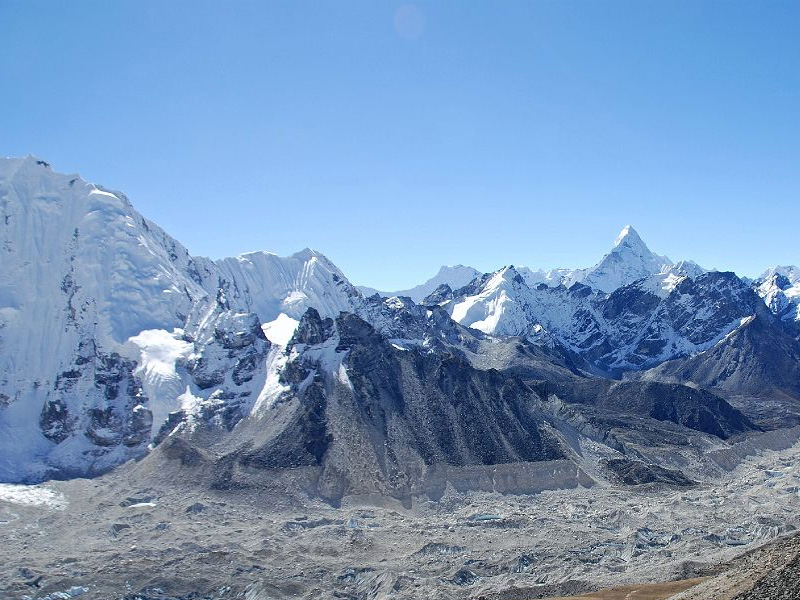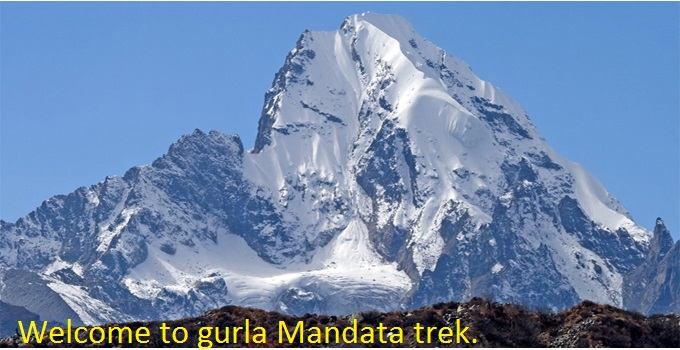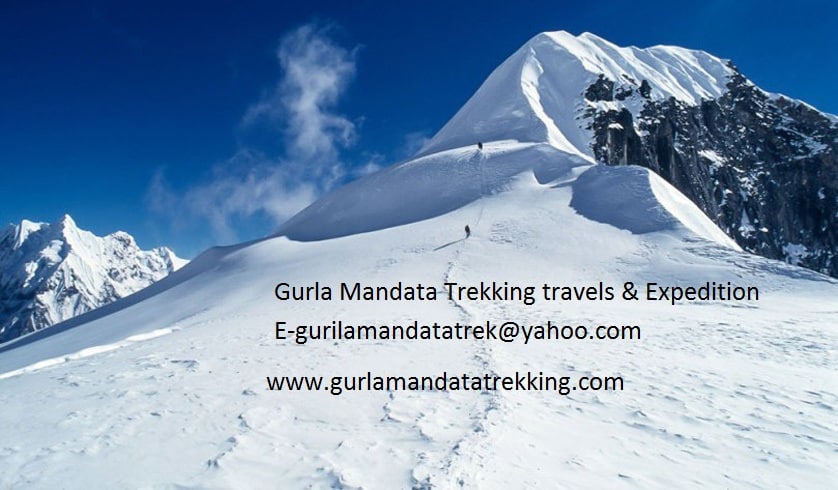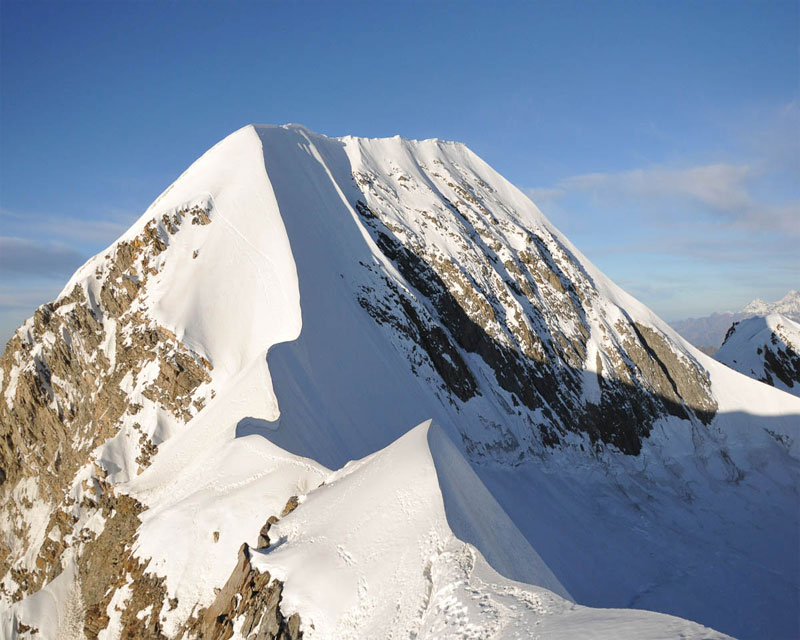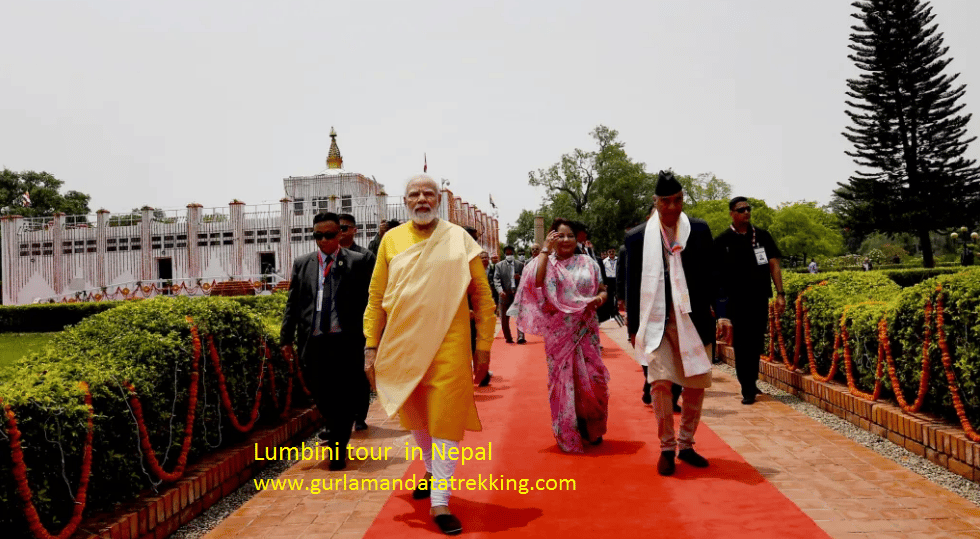Peak Climbing
Peak Climbing
Peak Climbing Sometimes the term Mountaineering and Climbing remain very confusing. As far as the definition of being in the Himalayas is concerned. Though, the Thesaurus finds them to be synonyms in the true context. They bear different meaning in the context of the Himalayas. Mountaineering denotes high altitude climb; whereas climbing attributes to the hiking to relatively smaller Peaks in the context of the Himalayas.,
Thus there is a clear definition relating to the mountaineering and climbing. And Climbing means in the true sense of the terms attempting to reach one of the summit of the snow capped mountains; that are under the Nepal Mountaineering Association. And a climb to such a Peak is relatively very much affordable; but gives the experience of being at the summit of one of the Peaks; or one of the snow capped mountains of the Himalayas. When you’re on top of one of the Peaks of the Himalayas it’s a kind of dream. You can achieve this zeal with us and for further information; you are welcome to write to us. FACE BOOK
Moreover,
Peak Climbing There are different categories of the mountains of Nepal depending on their height and under whose authority they lie. The Ministry of Tourism is responsible for the expedition peaks above 6,500 m; while the Nepal Mountaineering Association is responsible for mountains; that people know as Trekking Peaks. These peaks range in altitude from 5,800 m to 6,584 m; and call for climbing skills and climbing gear and should not be taken lightly despite the misleading title. Expeditions to peaks below 5800 metres do not require climbing permits; although they will require other forms of permits to enter specific regions. All expeditions requires to pay refundable garbage deposits; while expeditions to peaks above 6,500 m requires to employ a Liaison Officer.
The best time for mountaineering expeditions is per- monsoon. Then the weather is better, especially at altitude; although the visibility might be restricted with the pending monsoon conditions. Autumn is good for the slightly lower peaks; while winter is cold with short days and early spring might be subjected to seasonal snow storms. However, in these times of global warming and climate change; the seasons are no longer as predictable as they used to be.
Today in Nepal it is possible to book onto either a commercial expedition to attempt any of the larger mountains or to attempt a trekking peak with one of the many Nepali trekking agents. If an independent expedition wishes to attempt any of the ‘legally’ open peaks then they should read the appropriate policies and procedures legally required under the current Nepal Tourism Act (Provisions relating to Mountaineering).

